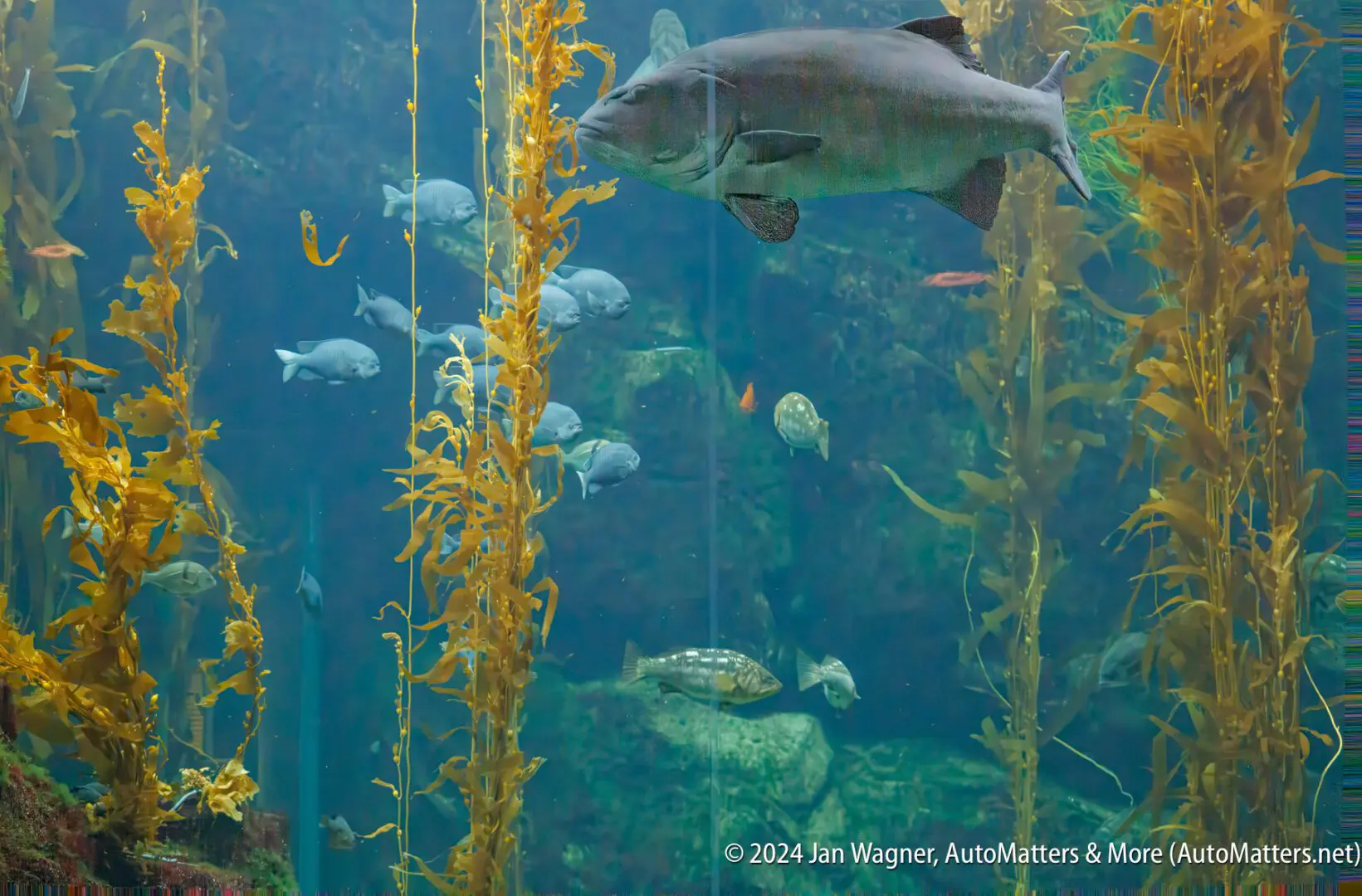
Welcome to the California Science Center
Those of you who have been reading this column for many years know that I frequently cover the fascinating new exhibits, IMAX movies, events and other developments at the Fleet Science Center in San Diego’s Balboa Park. Recently I paid my first visit to the much larger California Science Center in Los Angeles’ Exposition Park.
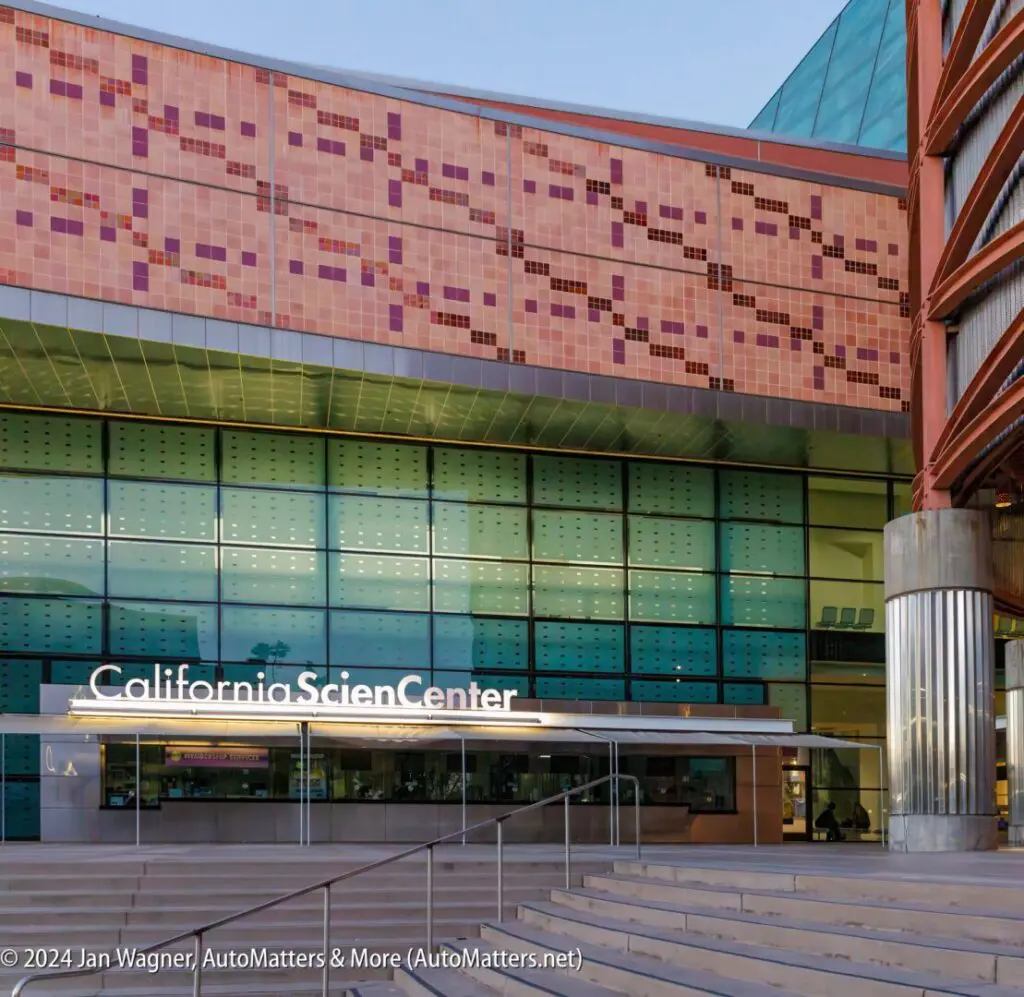
As I mentioned in my recent column about the NASCAR Busch Light CLASH at The Coliseum, while I was taking pictures of that event I spotted what looked like a NASA Space Shuttle, standing upright, amongst two solid rocket boosters and an external fuel tank, just beyond the tall buildings of downtown Los Angeles. Curious, I walked over there to check it out in person, where I learned that it is the actual Space Shuttle Endeavour. It will become part of a huge exhibit that is being built at the California Science Center, to open in about two years.

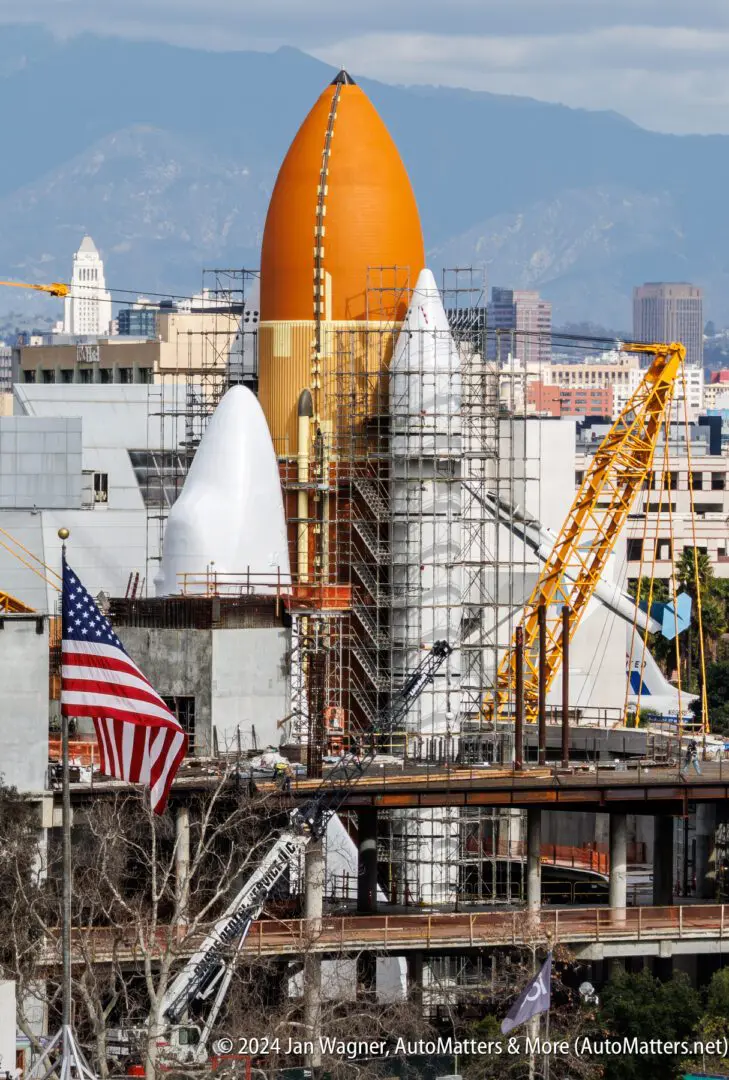


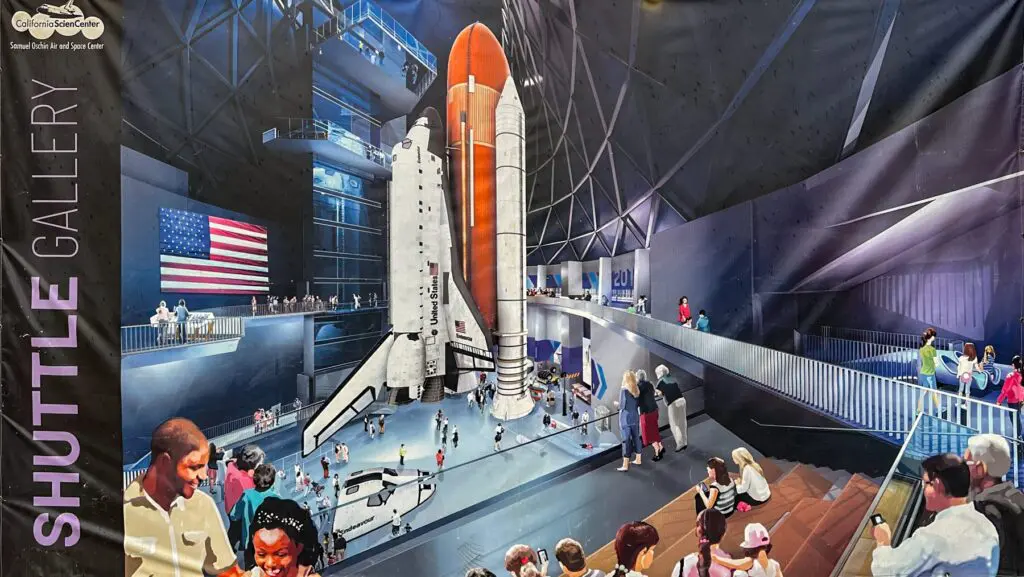
Since NASCAR had condensed as much of the weekend’s racing action as possible into Saturday, and cancelled all of Sunday’s events — due to the impending severe rainstorm, I decided to spend my newly freed-up Sunday at the California Science Center and share that experience with you.
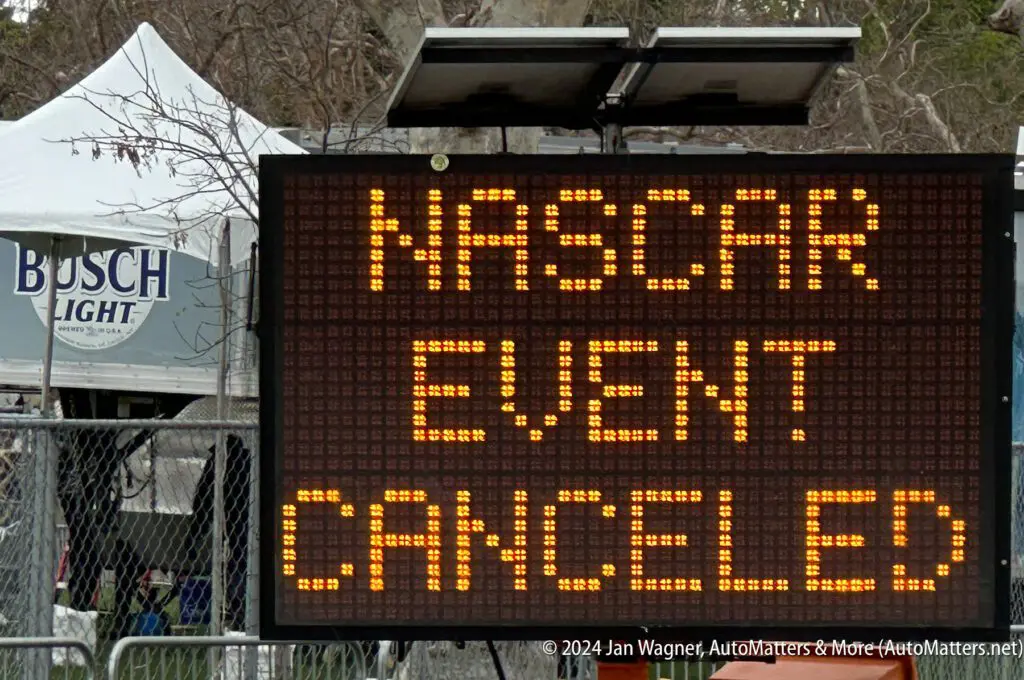

Since 1998, the California Science Center has welcomed more than 40 million guests. It is consistently one of the ten most visited museums in North America.
Before entering the museum, be sure to visit the outdoor exhibits. They include the only A-12 Blackbird trainer ever built.
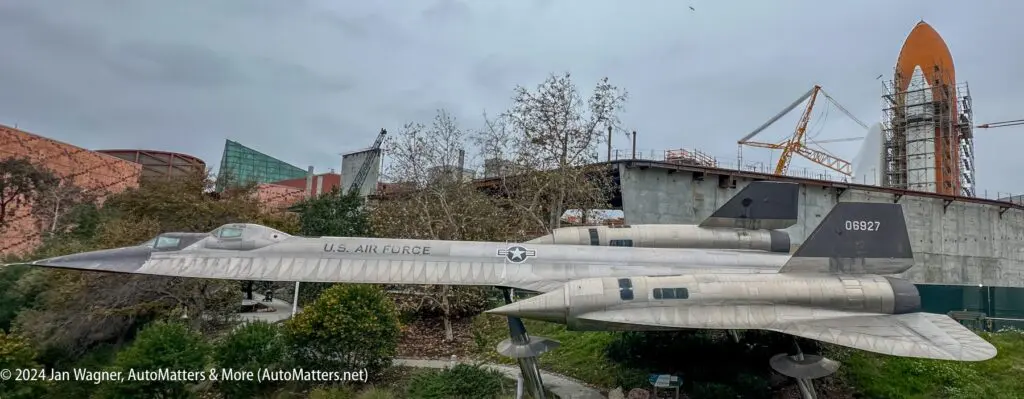
The Aerial is a hanging sculpture of 5781 gold and palladium balls.

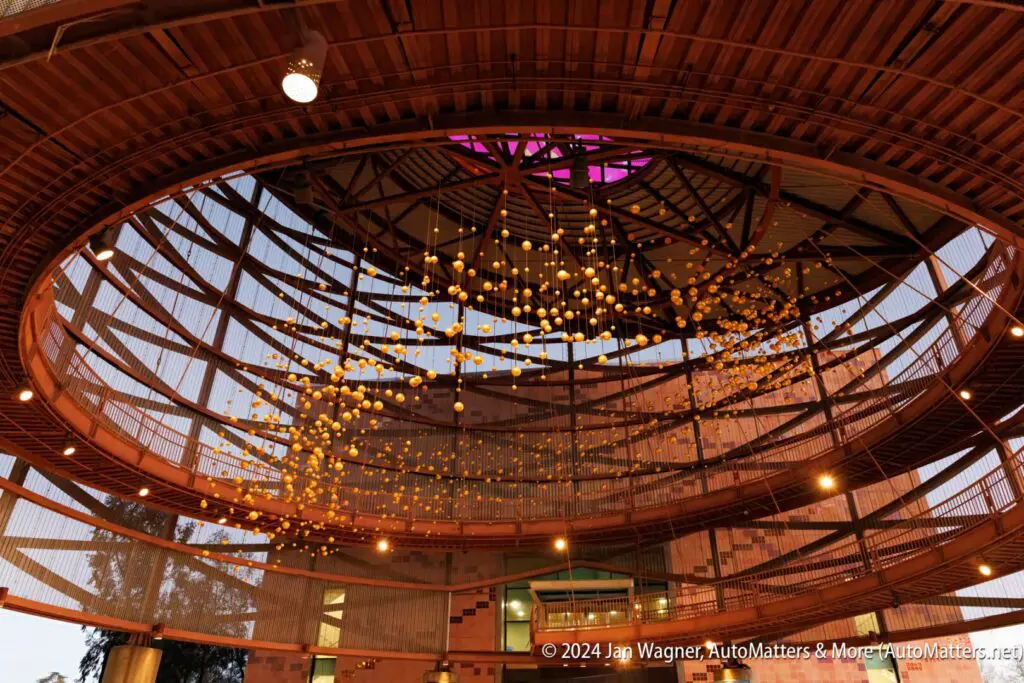

Once inside, pick up a copy of the museum’s VISITOR MAP at the Information Desk. In addition to what is outside, it will show you generally what you will find on each of the three floors — subject to some of the exhibits changing from time to time.
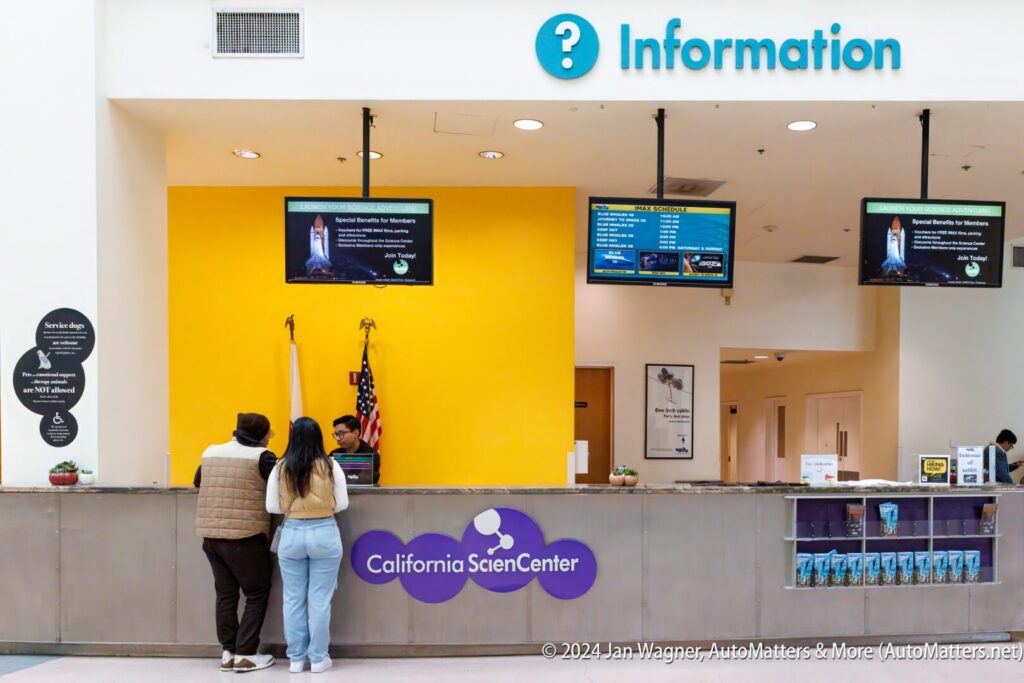
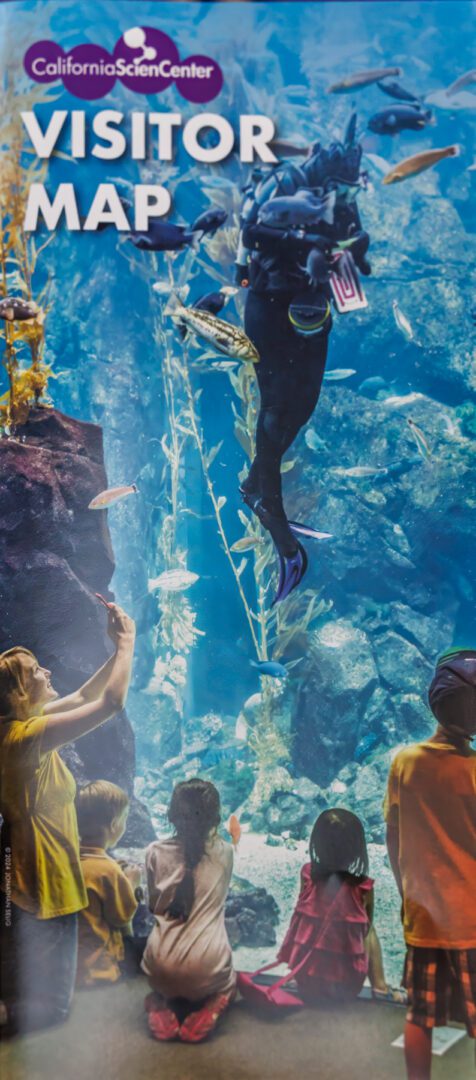

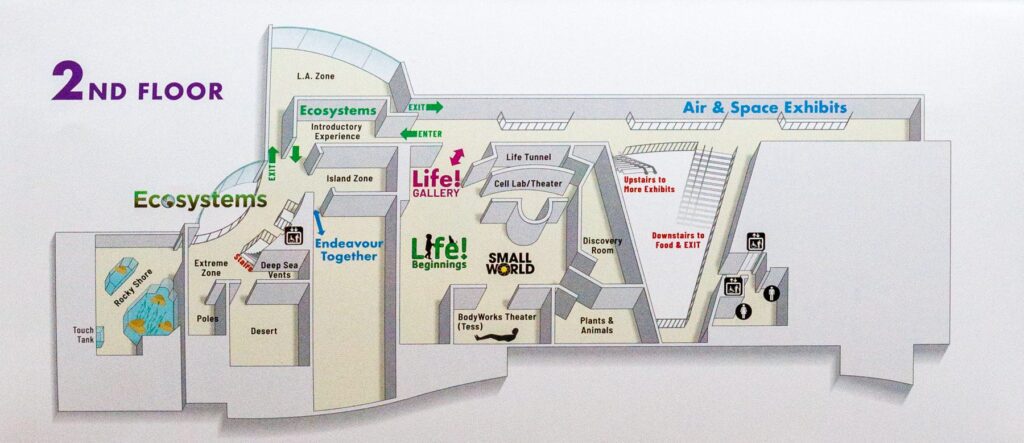

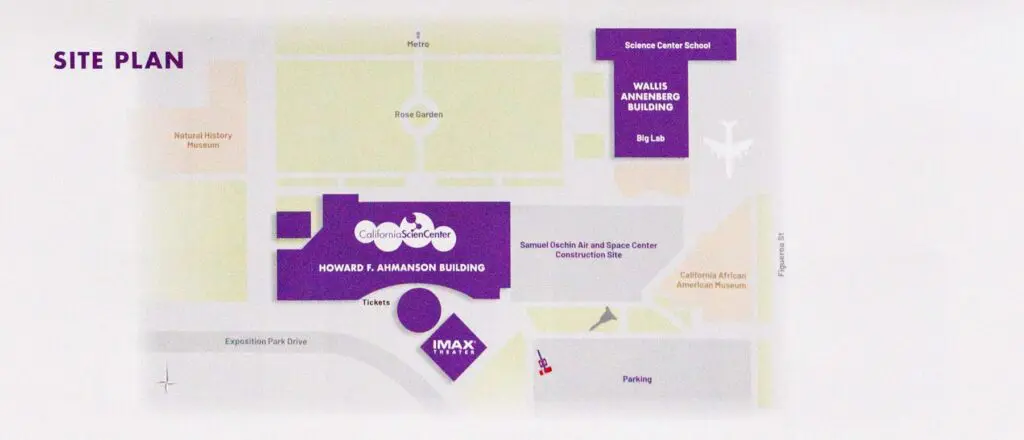
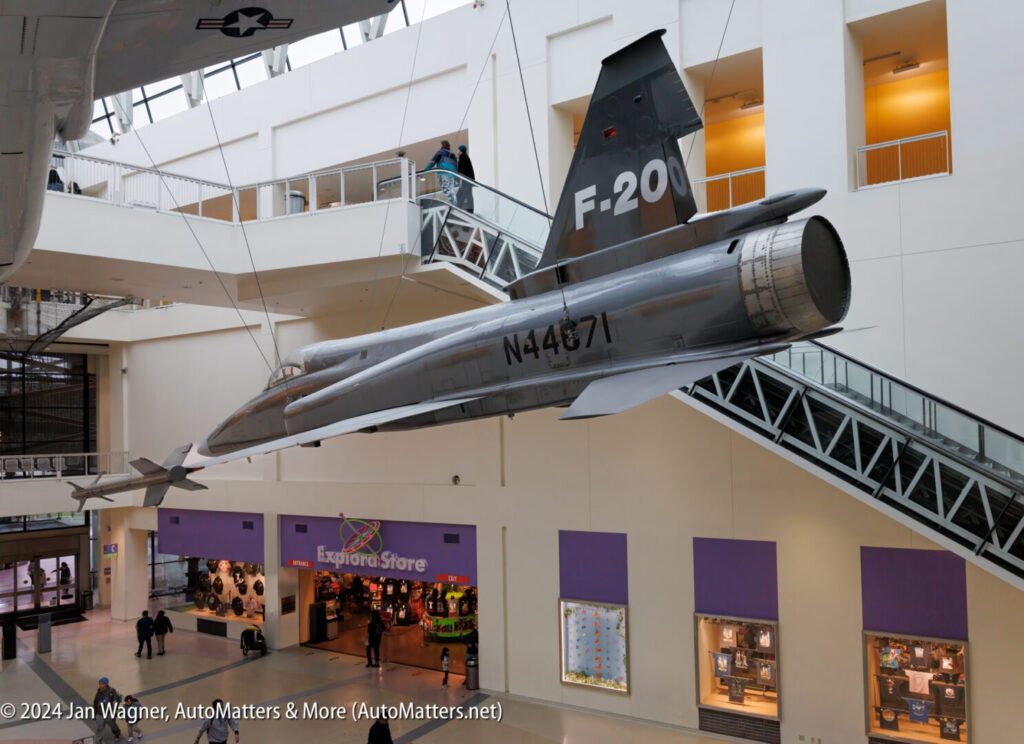
Spend extra time at Ecosystems, which spans exhibit space on two floors. An ecosystem is comprised of all of the living and nonliving parts of an environment, and about their complex interrelationships.

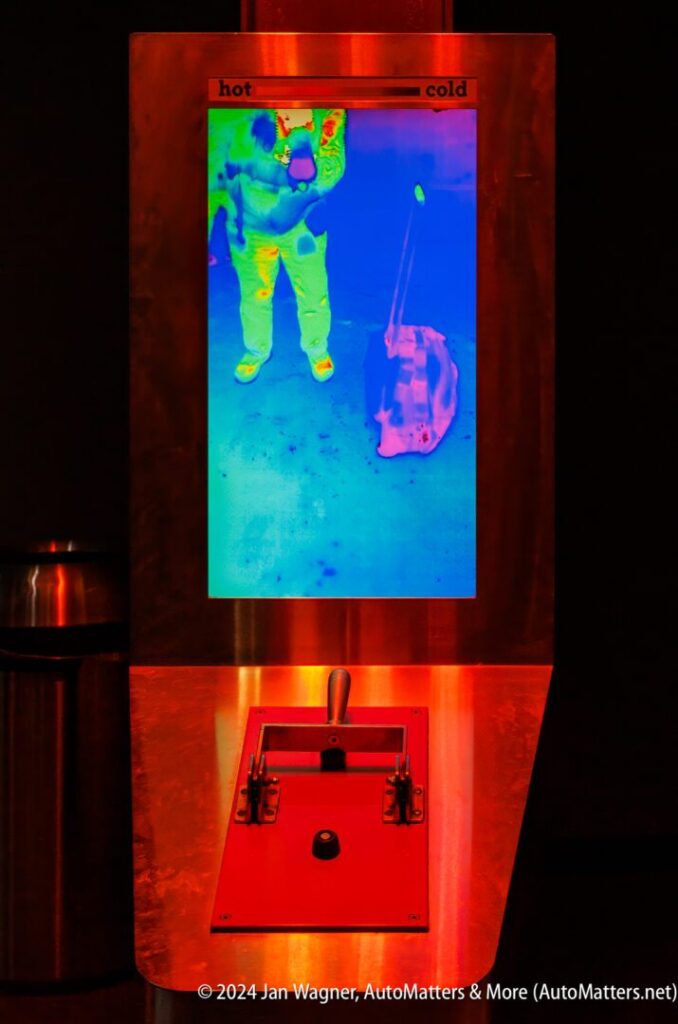

Life flourishes, even in the most extreme places. In the dry, hot extremes of the desert, life has adapted to stand still until the parched landscape cools. You’ll see a simulated flash flood, as well as living plants and animals.
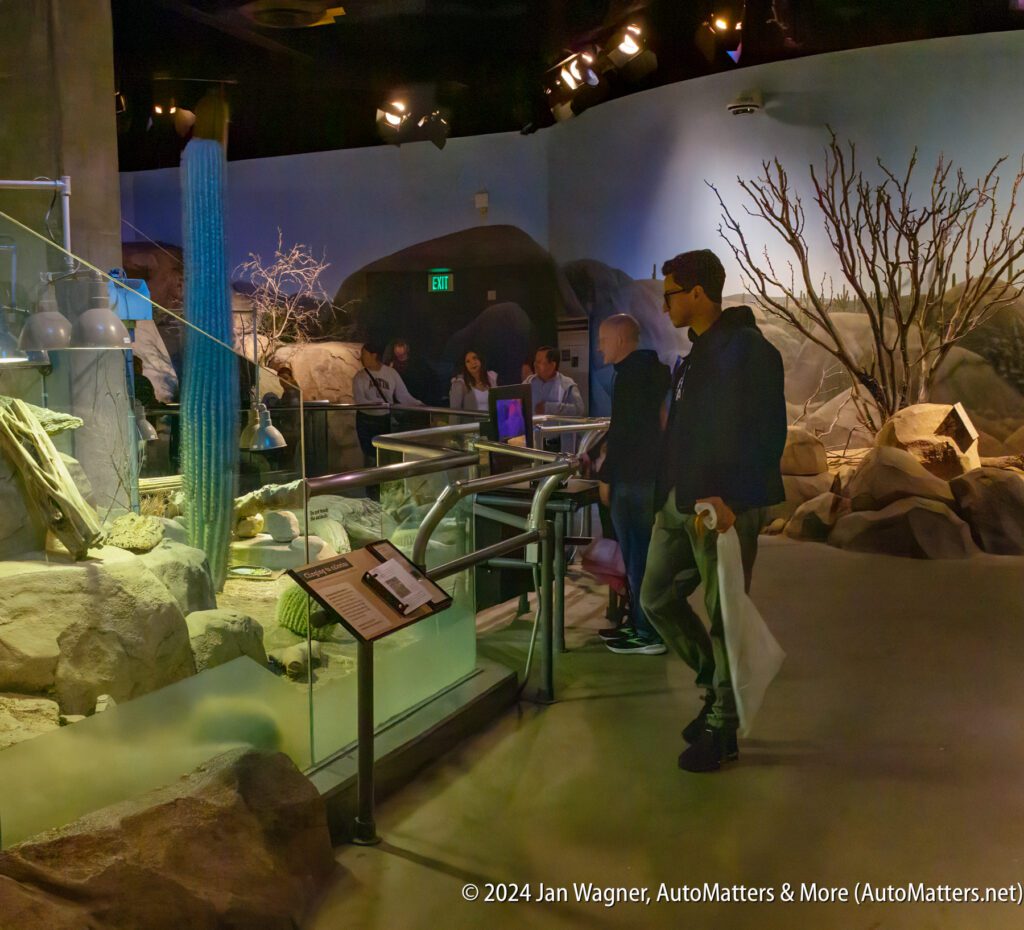
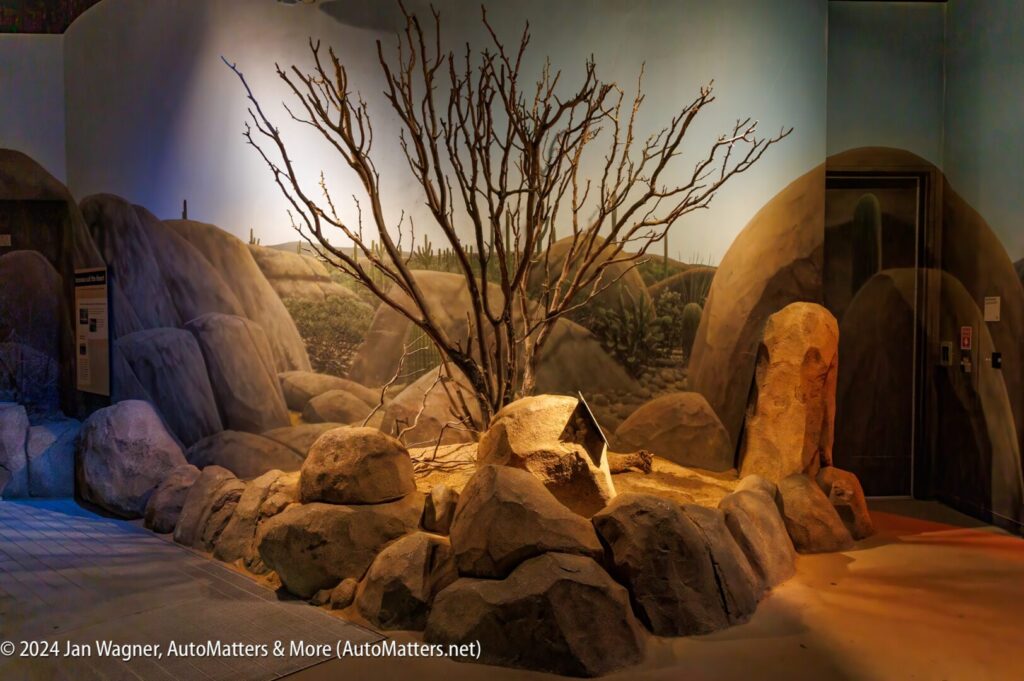
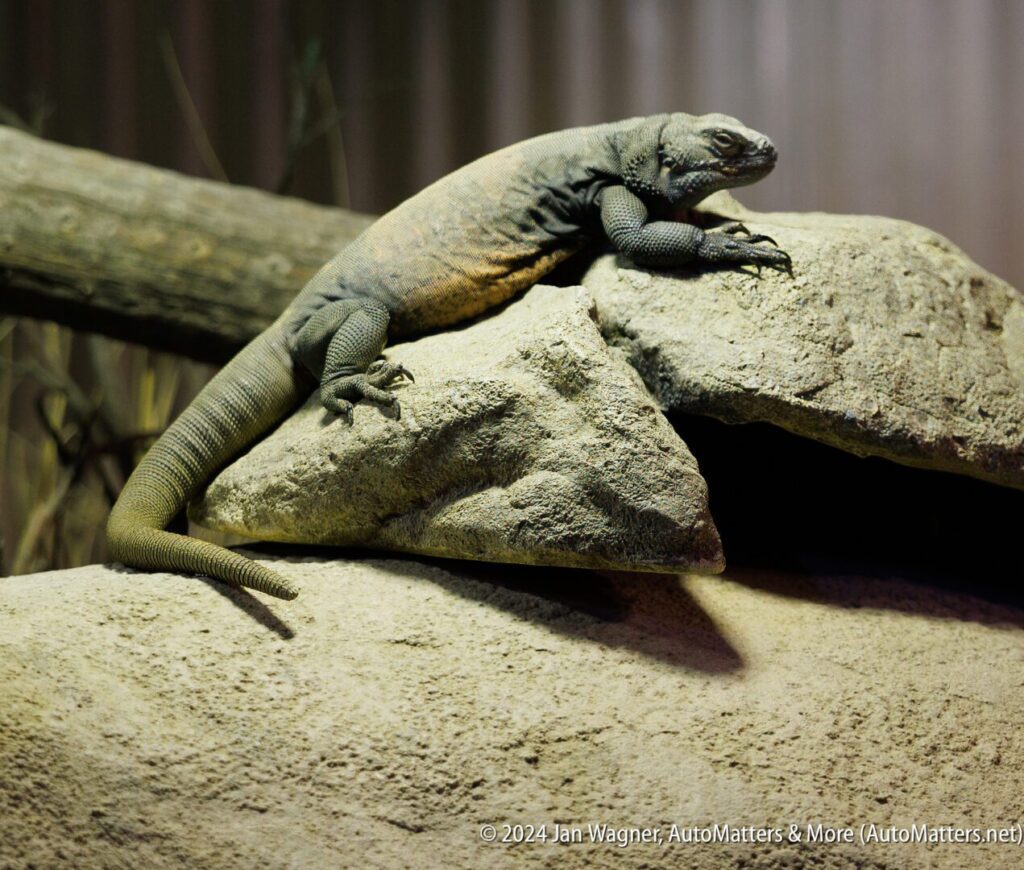
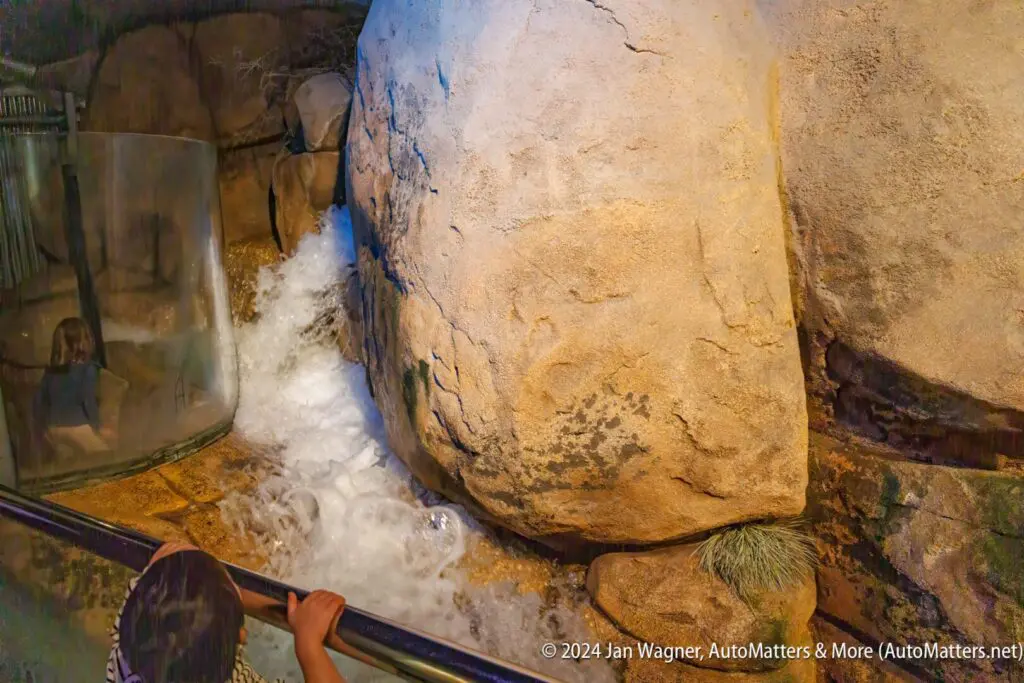
Other plants and animals live along the rocky shore ecosystem, where they adapt to high and low tides, and waves. Rivers of water, ice, air and lava carve materials and connect ecosystems.


Anchored to the bottom, underwater kelp forests protect marine life and are a vital part of the food chain. Sticky jellies catch tiny, drifting plants and animals, and have little hairs that slide food into their mouth.

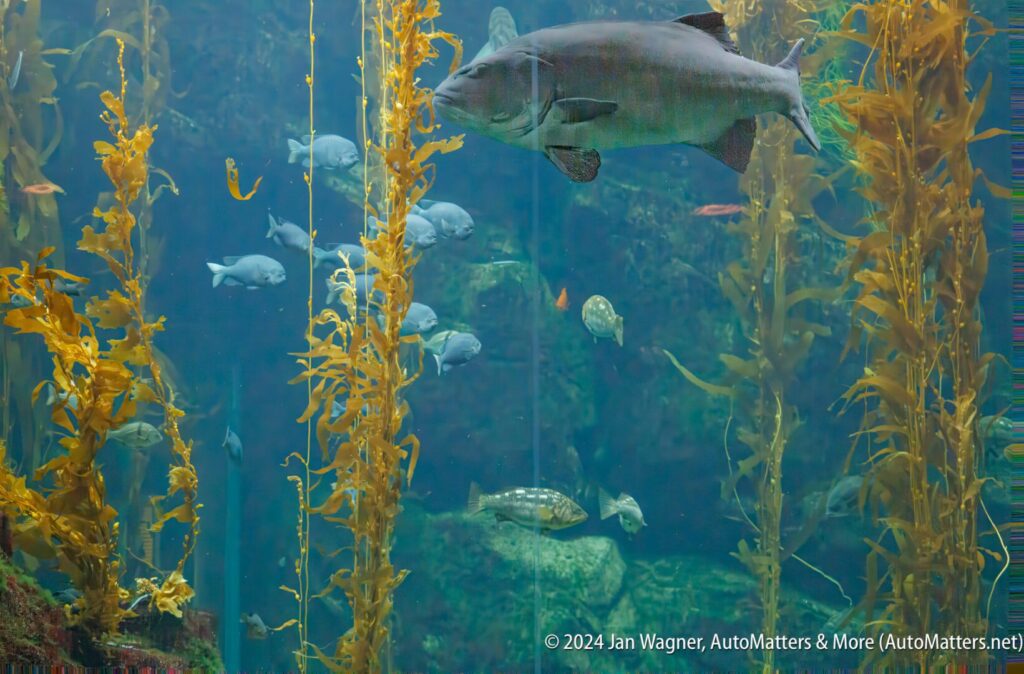
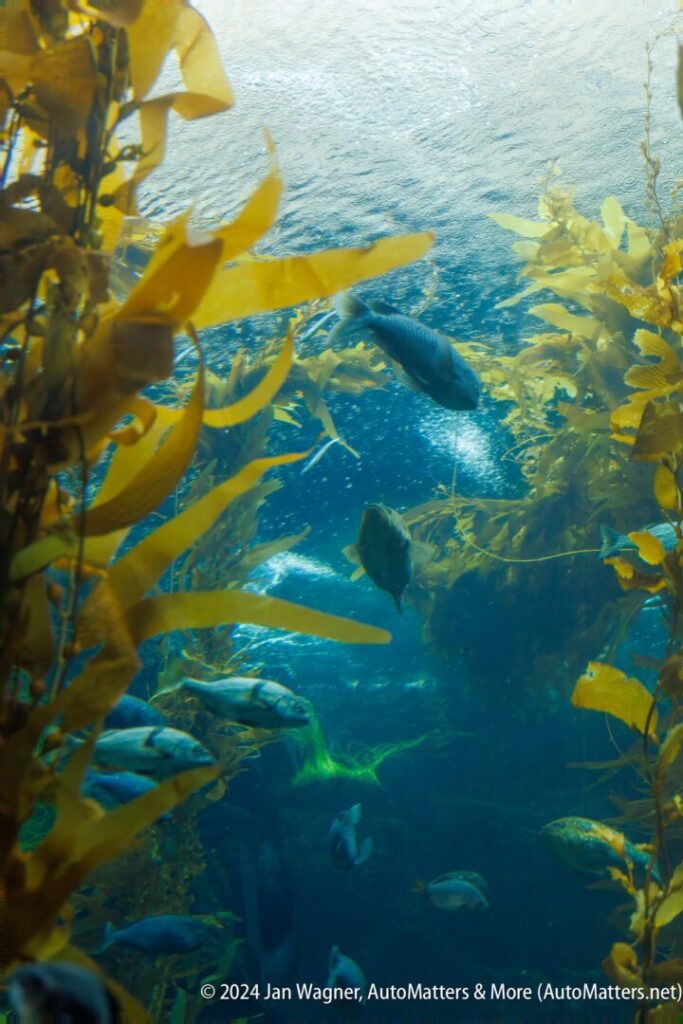
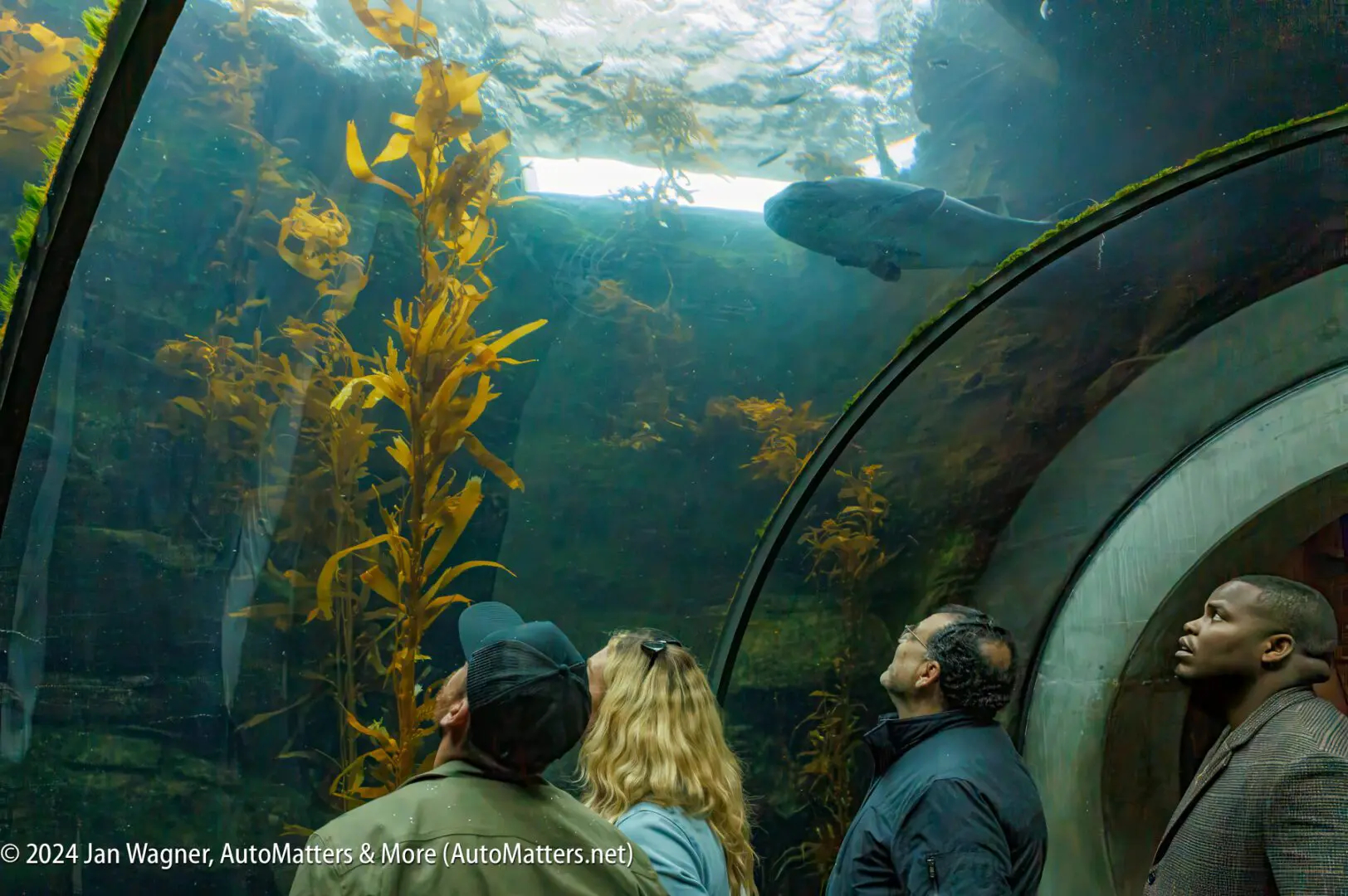
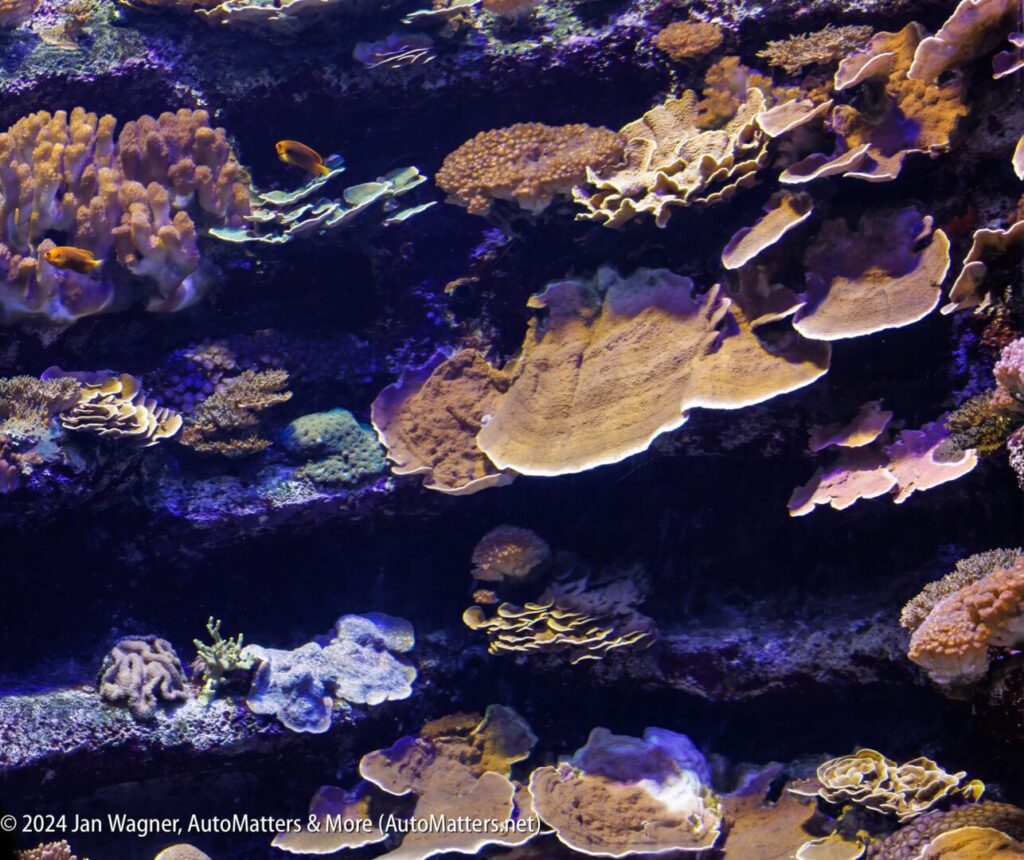
Isolated communities, like those on islands, evolve in unique ways. Rotting plants and animals enrich soil, from which new life grows.
Cities are urban ecosystems that support large human populations, but human activity creates many ecological challenges — as shown in the L.A. Zone.
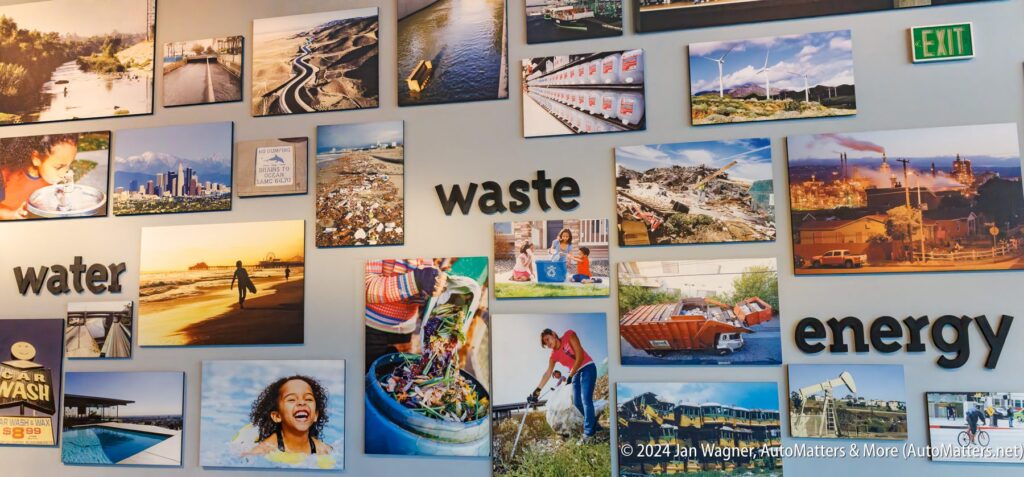

In the FIRE — Science & Safety exhibit, your mission is to discover the science behind what makes a fire, and then locate fire or burn dangers and find out how to fix them.
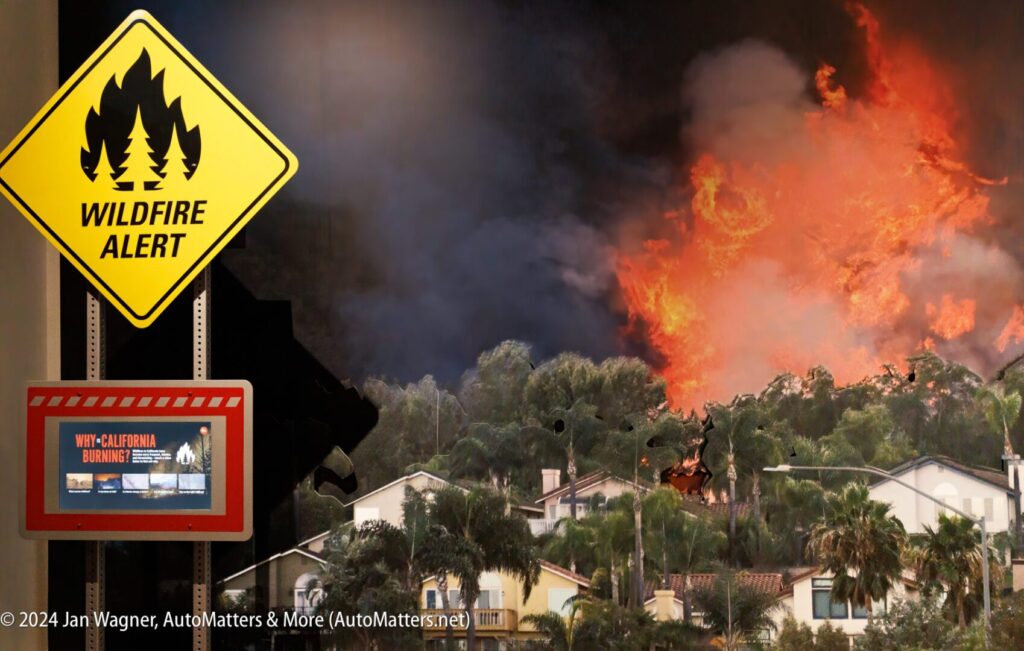
See and learn about space capsules, satellites, spacesuits and more in the SKETCH Foundation Gallery’s AIR and SPACE exhibits.

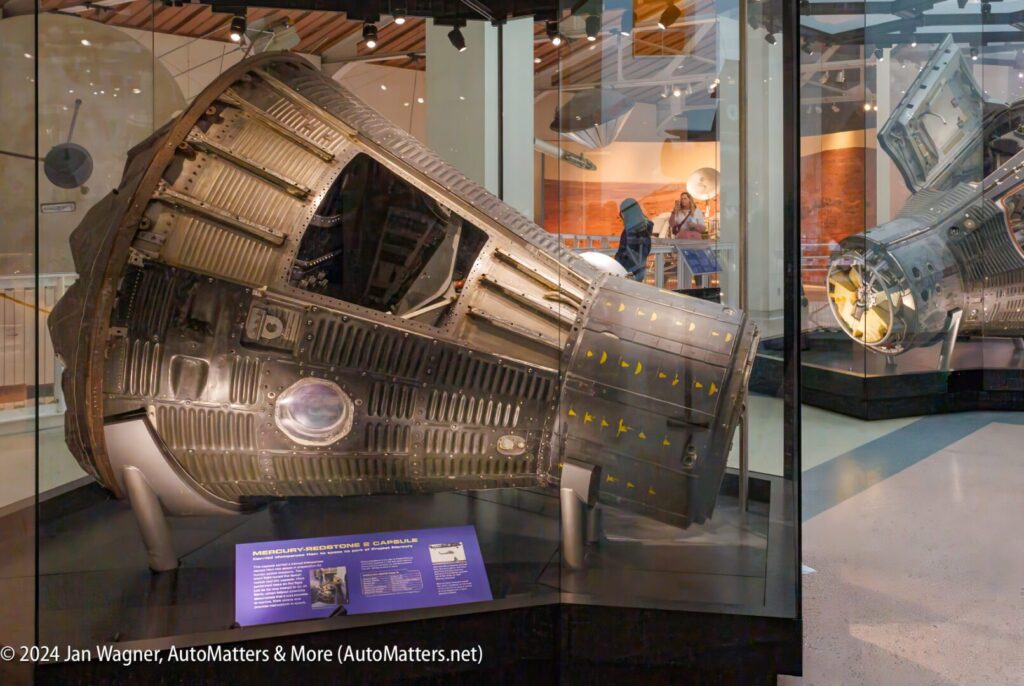
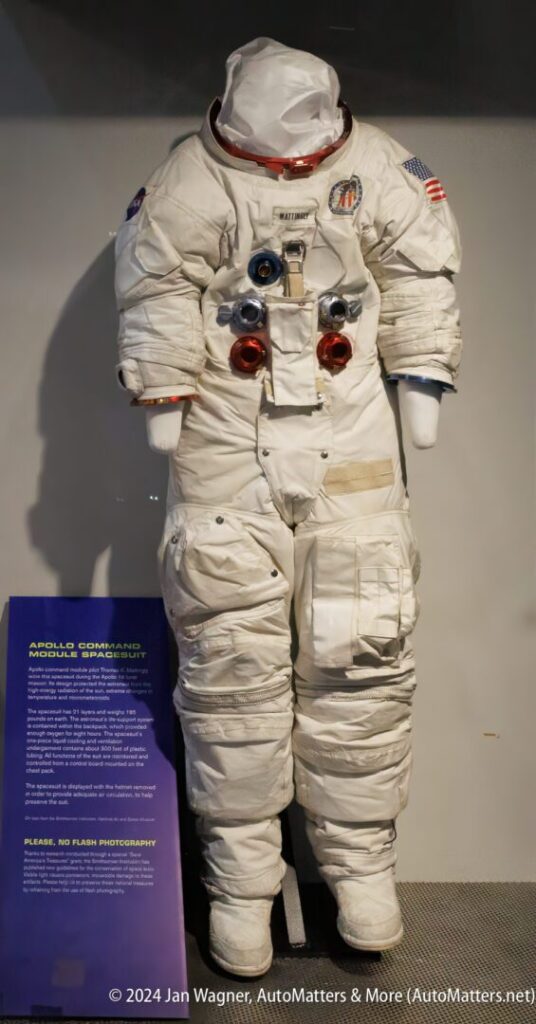
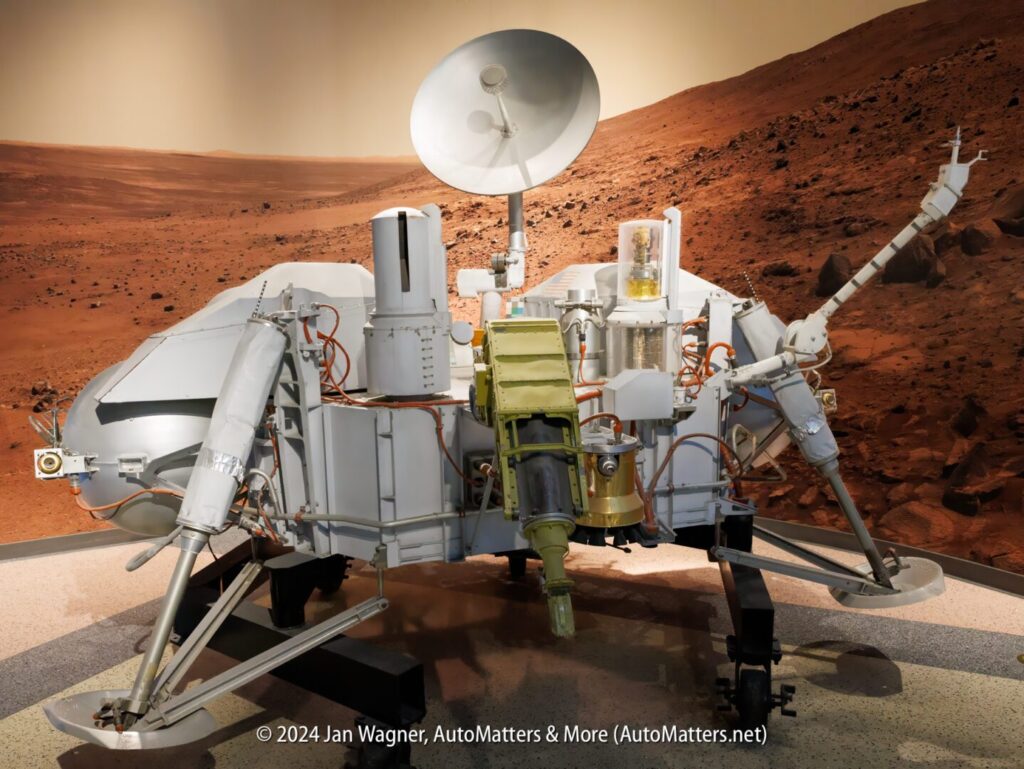
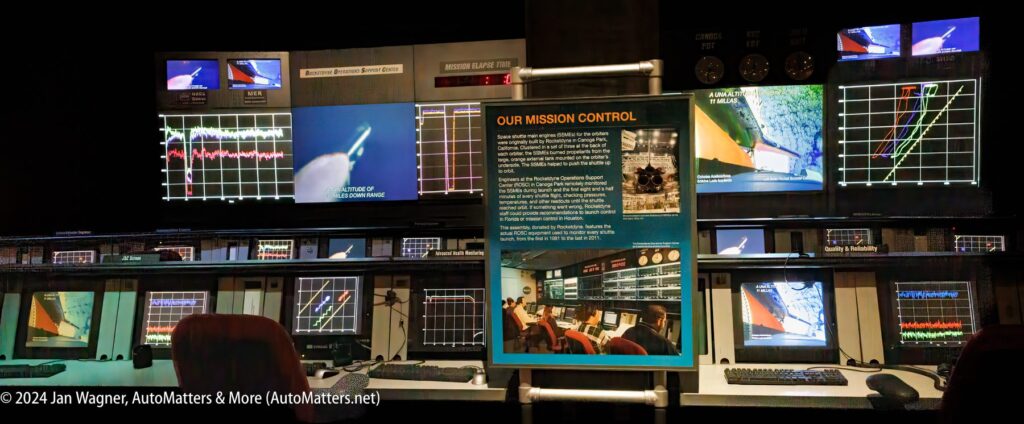
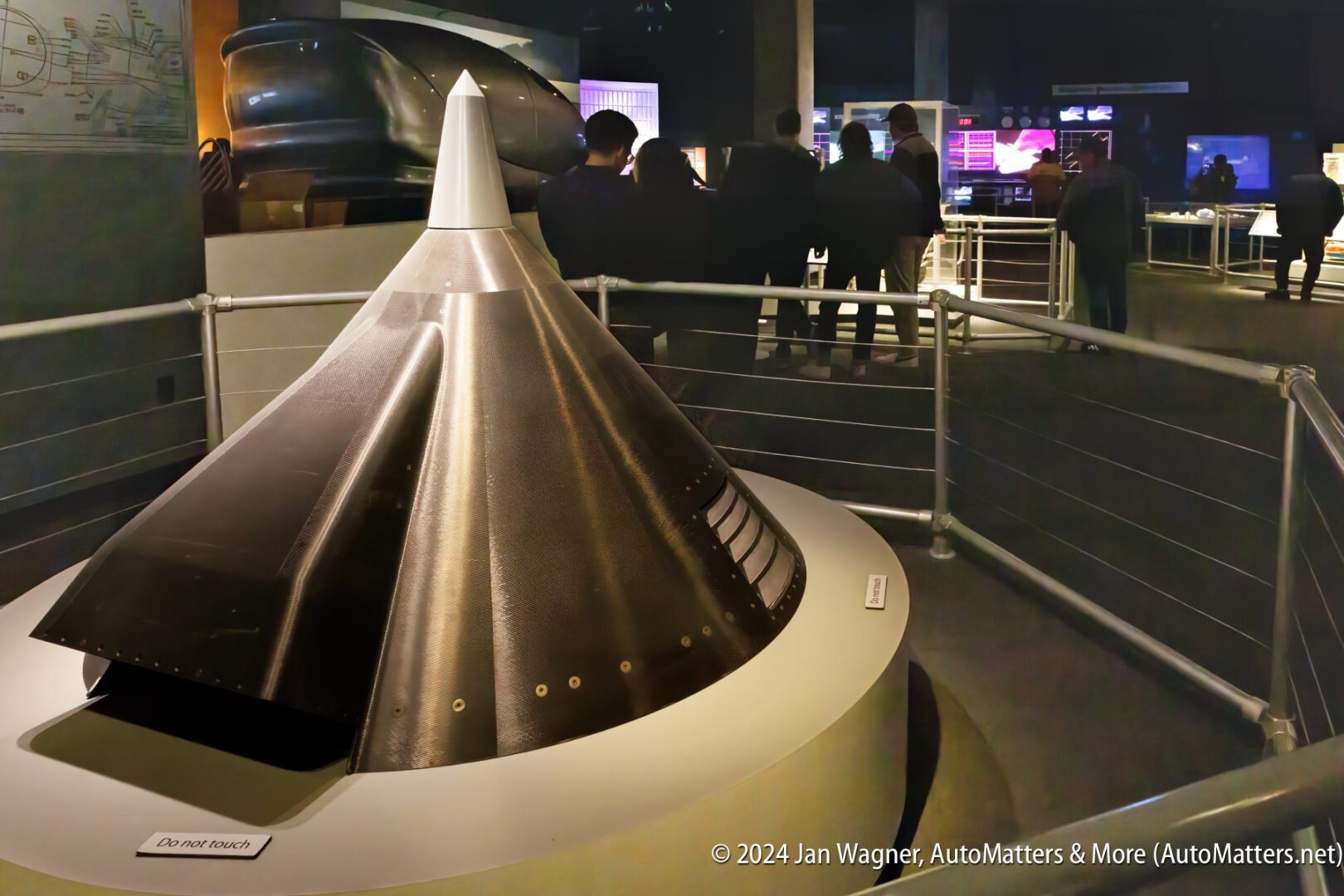
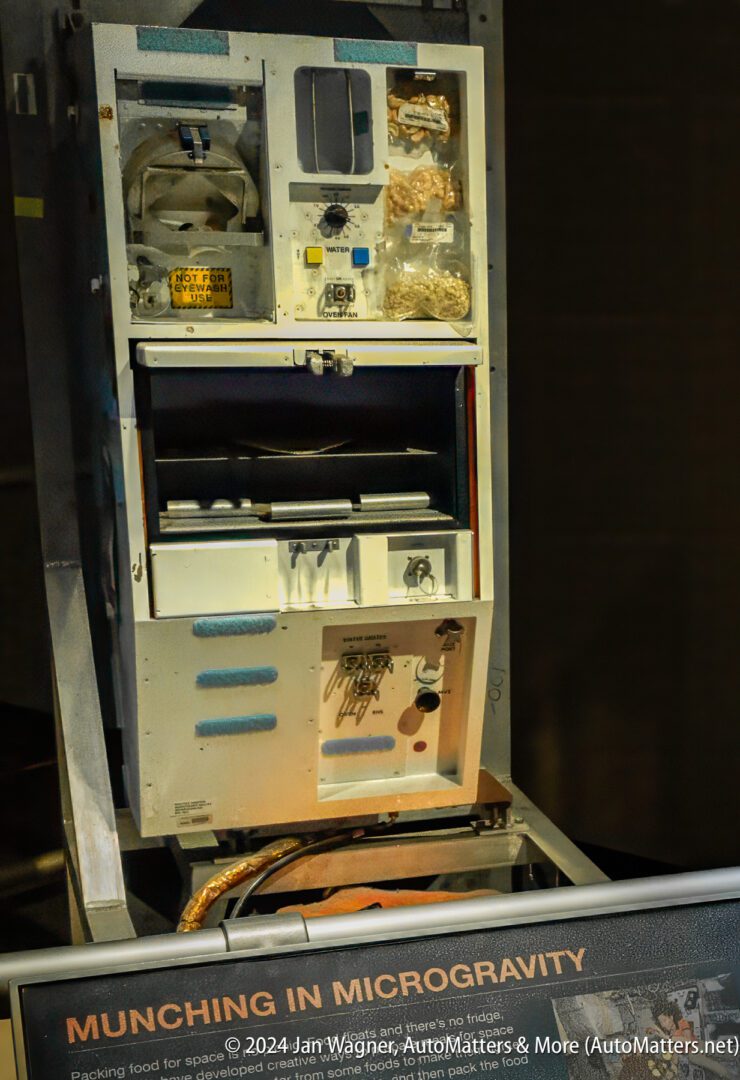

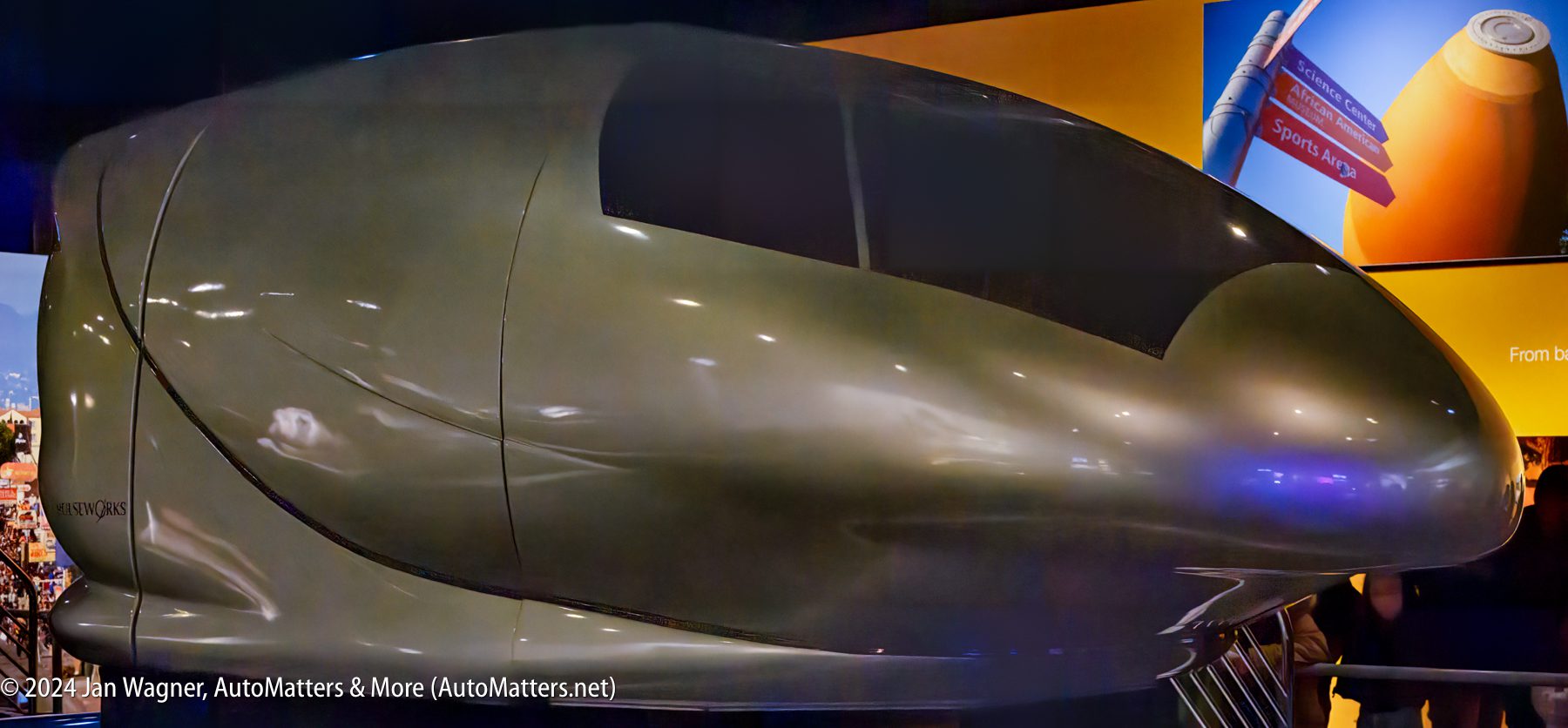

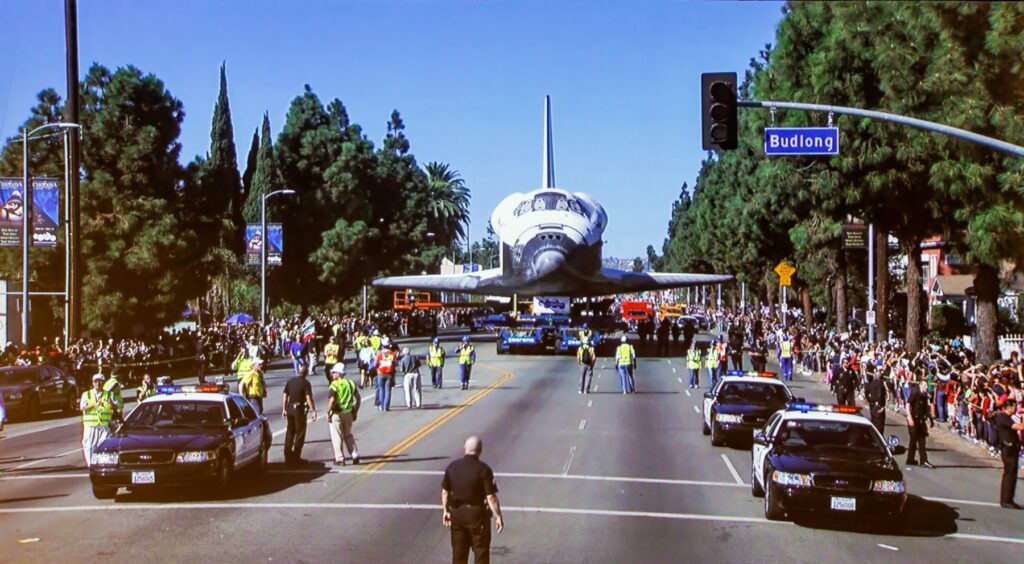


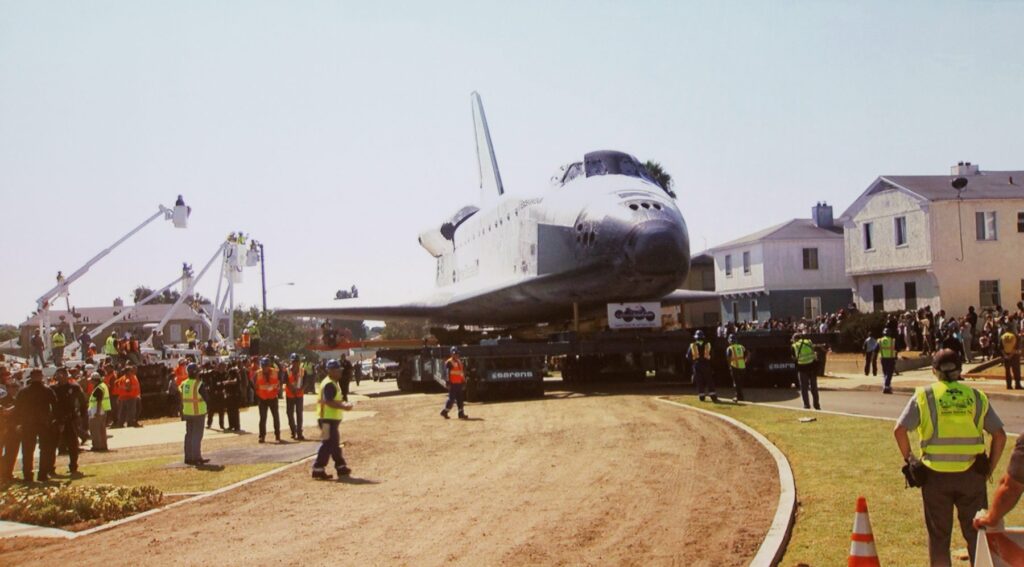
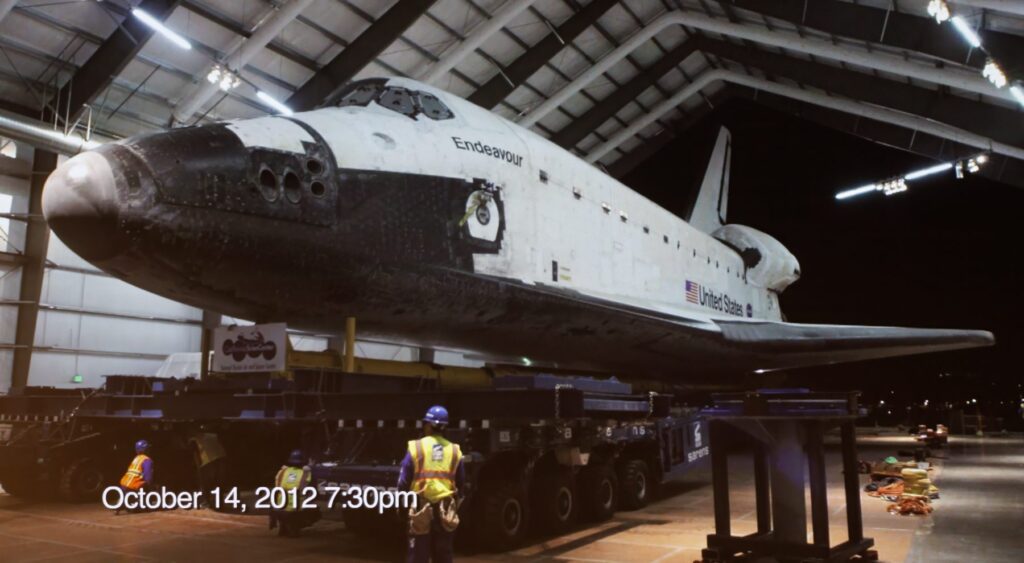
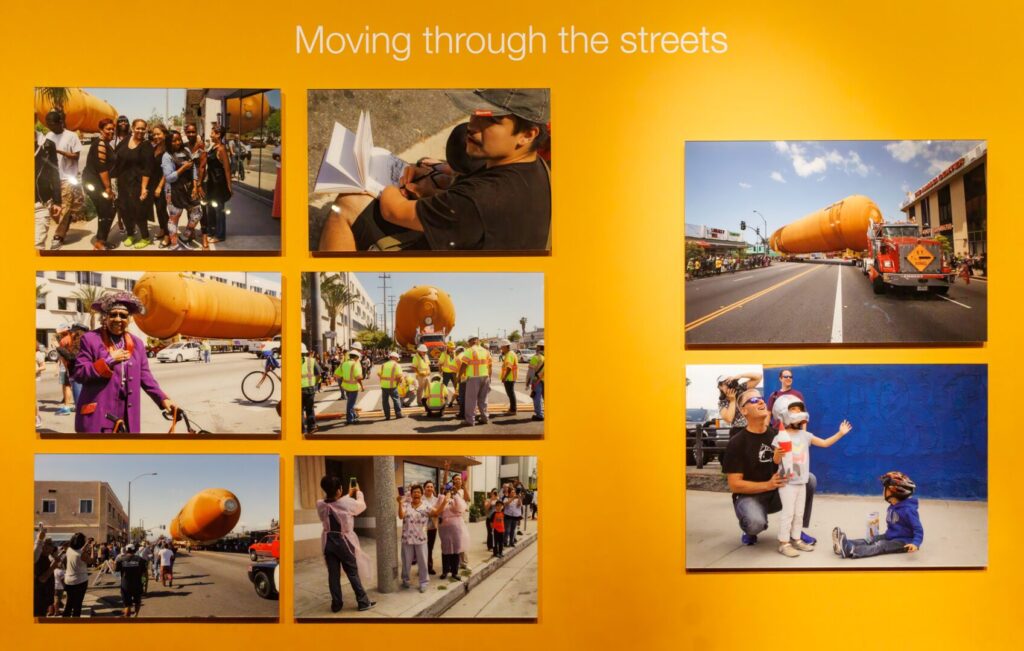
In the World of Life, marvel at the Small World — presented by Nikon, a Cell Lab, Life! Beginnings, Plants and Animals, the Discovery Room, and presentations in the Bodyworks Theater.

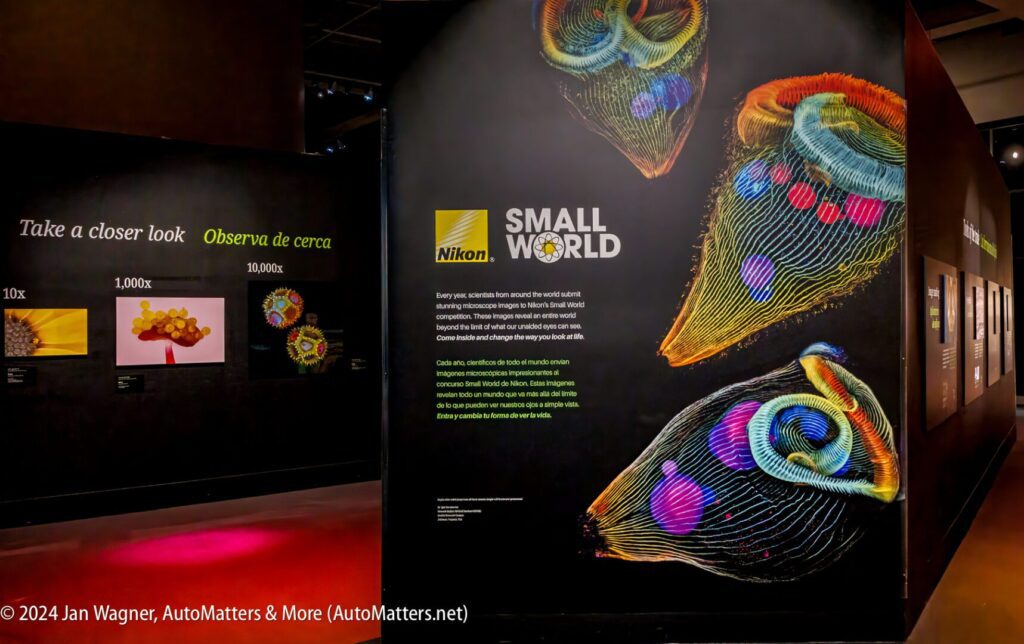
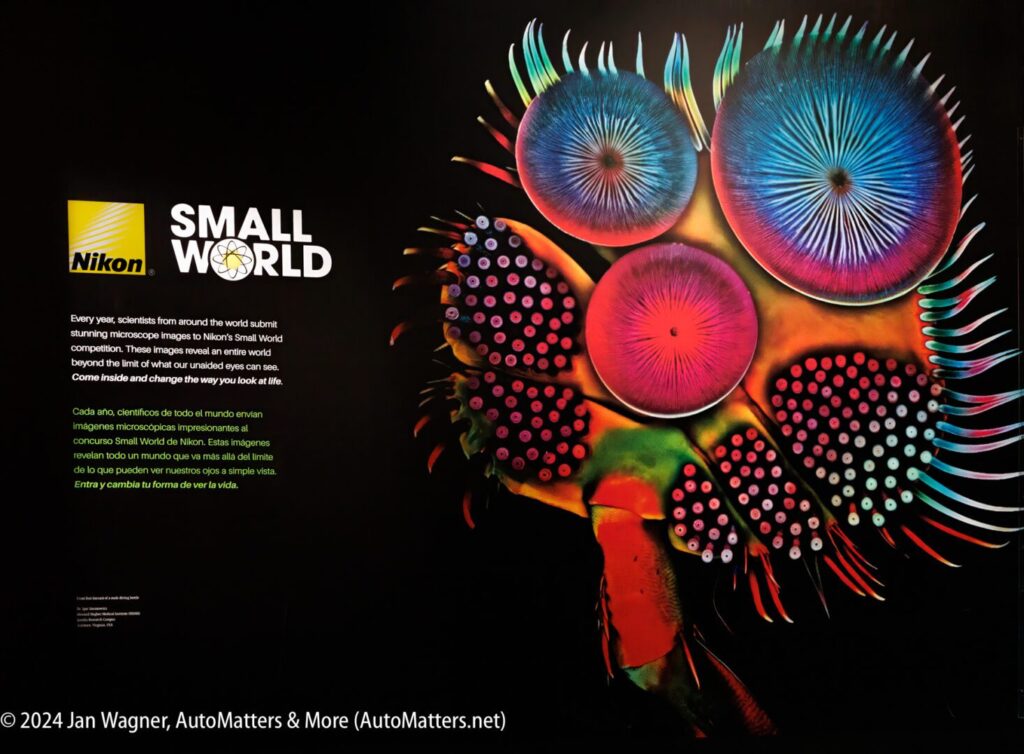



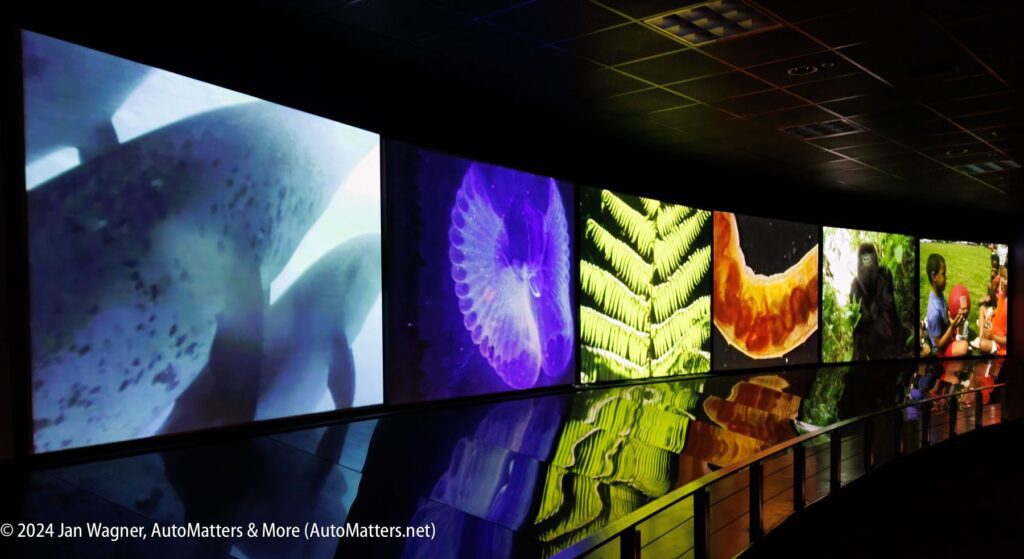
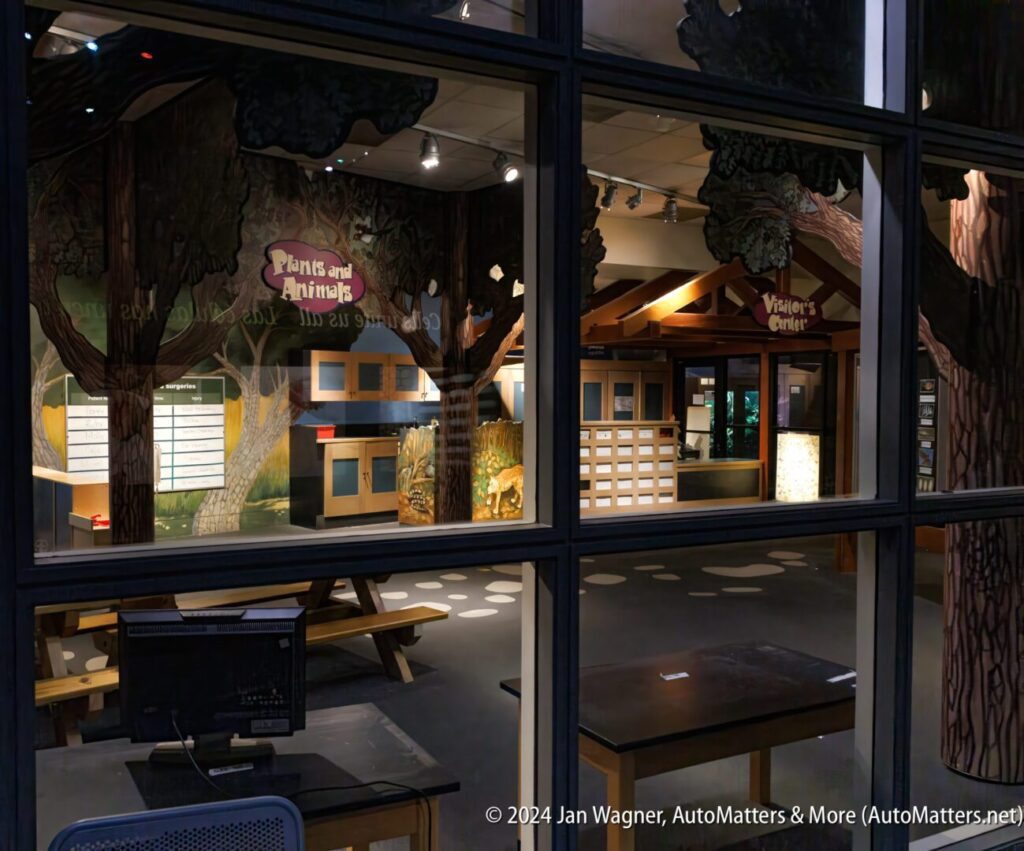

Before you leave, be sure to visit the spacious ExploraStore where you’ll find a wide variety of interesting science-related items and clothing.
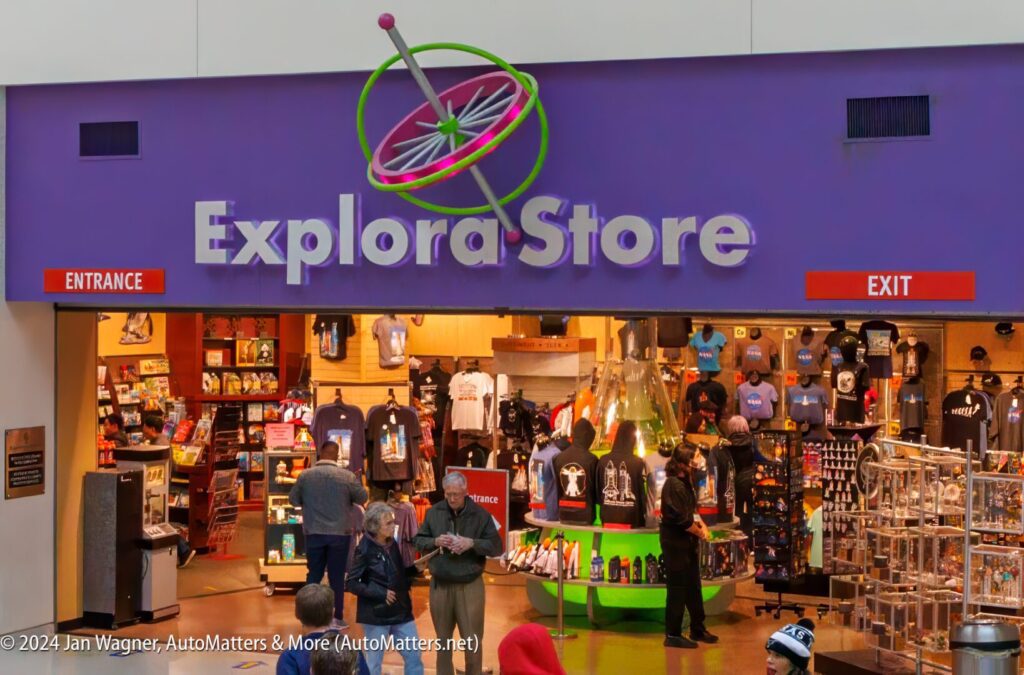
Just as I often visit the Fleet Science Center to see and share with you their new experiences, now I will also be covering the latest exhibits and presentations at the California Science Center. In the meantime, visit the California Space Center online at https://californiasciencecenter.org or in-person at 700 Exposition Park Drive in Los Angeles. Admission to the Science Center exhibits is free, with the exception of Special Exhibitions and the IMAX Theater (7-stories high and 90-foot wide movie screen, dual 4K laser projection and a twelve-channel surround sound system).


To explore a wide variety of content dating back to 2002, with the most photos and the latest text, visit “AutoMatters & More” at https://automatters.net. Search by title or topic in the Search Bar in the middle of the Home Page, or click on the blue ‘years’ boxes and browse.

Thank you for your great report and photos.
The Los Angeles bad weather was not good for NASCAR but gave great opportunity to people to visit the Science Center!
Looking forwards to see the Space Shuttle exhibit
Life can certainly be interesting and unpredictable.
Jan, what an incredible place. I can see why it’s a top museum. It would seem you would need a week to see everything, but you, with your experience, can do it in one day!
I would think the A12 Blackbird Trainer would be one of the most impressive displays. But everything is mind boggling.
PS: Do they really permit skateboarding? That looks like a 18” drop off the edge of the platform!
Great shots, David.
Hi David,
I will actually be driving back to LA from San Diego tomorrow, to cover a major new exhibit opening and an IMAX movie at the California Science Center.
As for the skateboarder, he was there well after hours and was not bothering anyone. He was really good, and what he was doing gave me an opportunity to test my skills using my newest Canon RF lens (it worked great!).
Jan